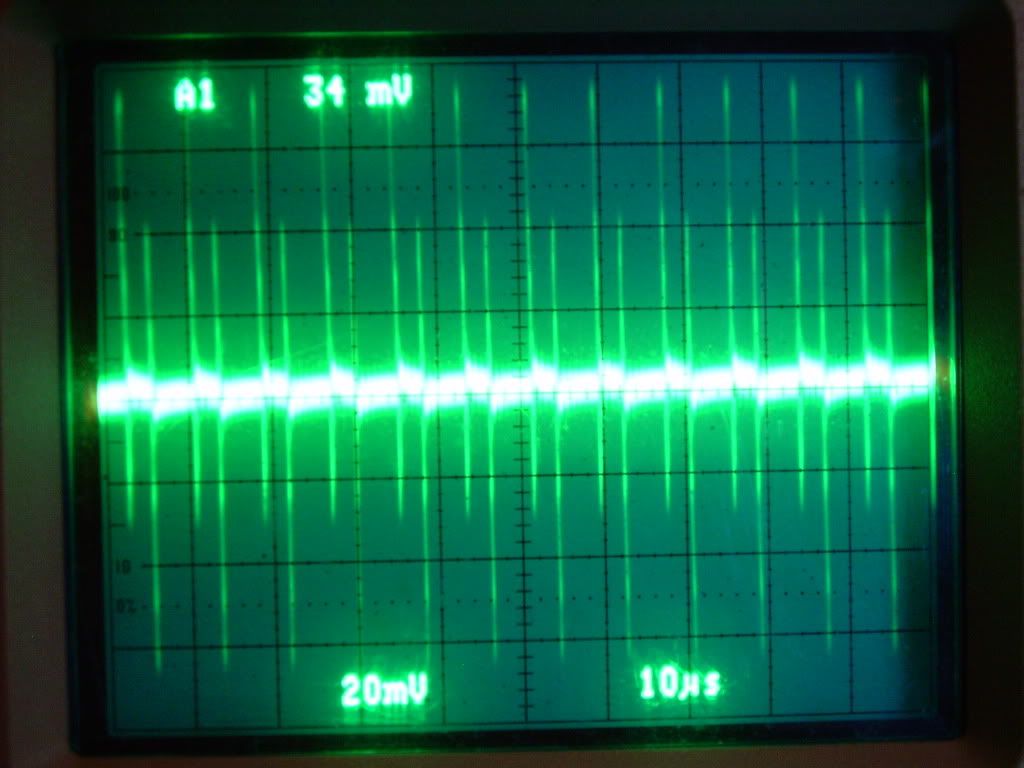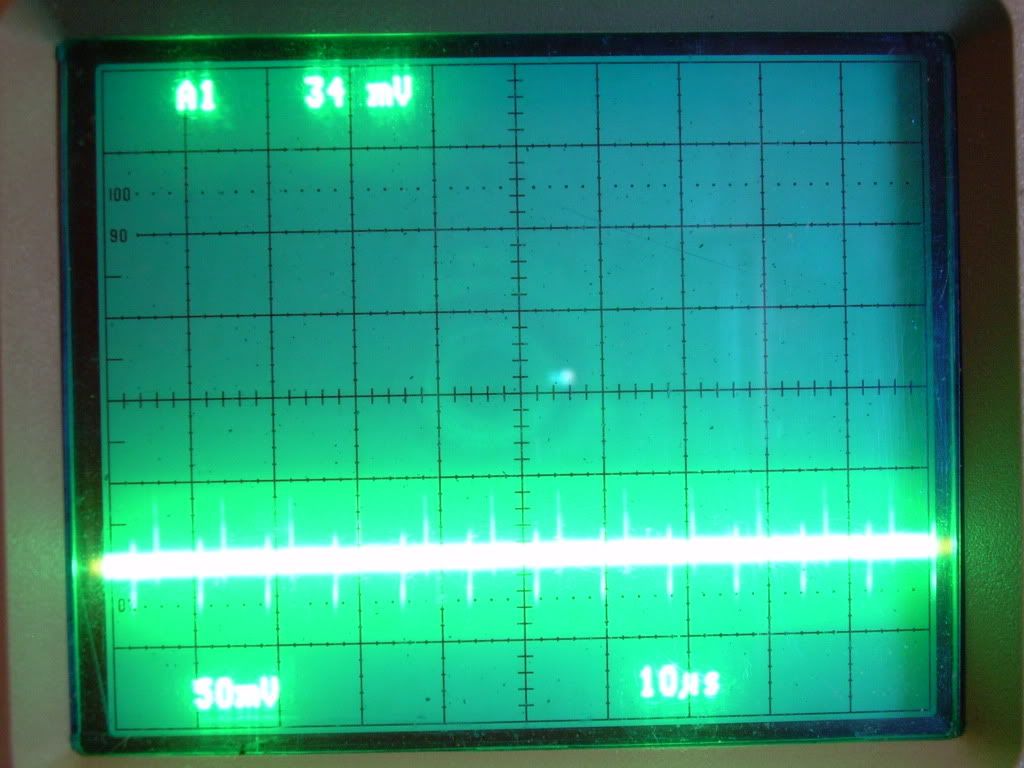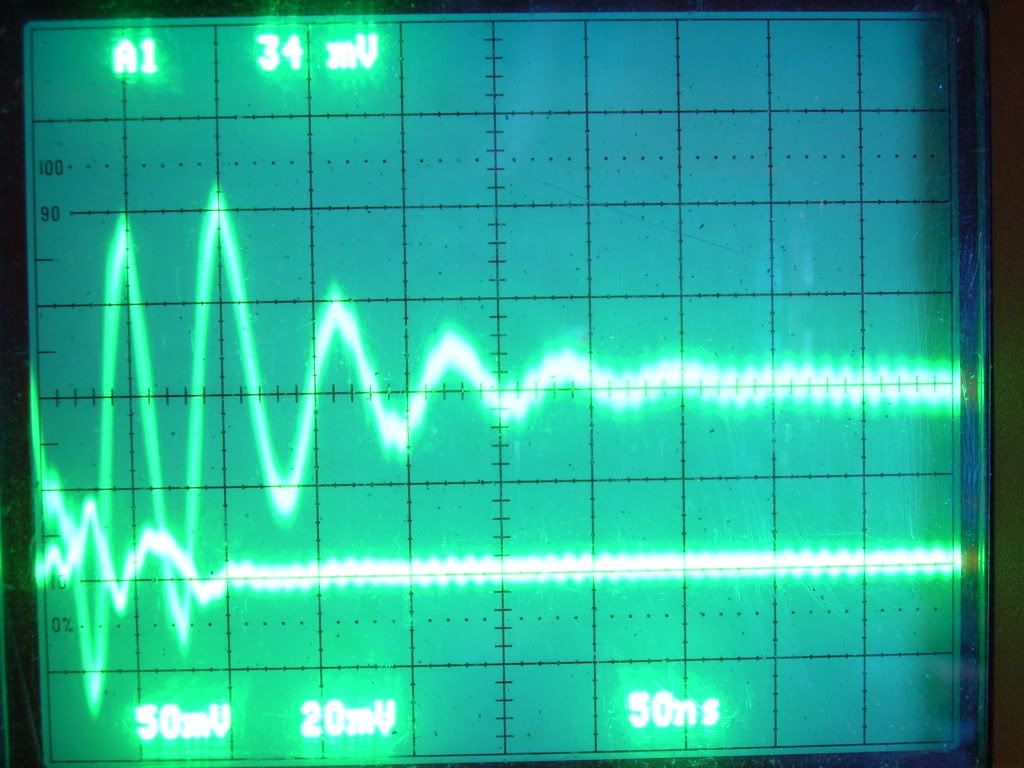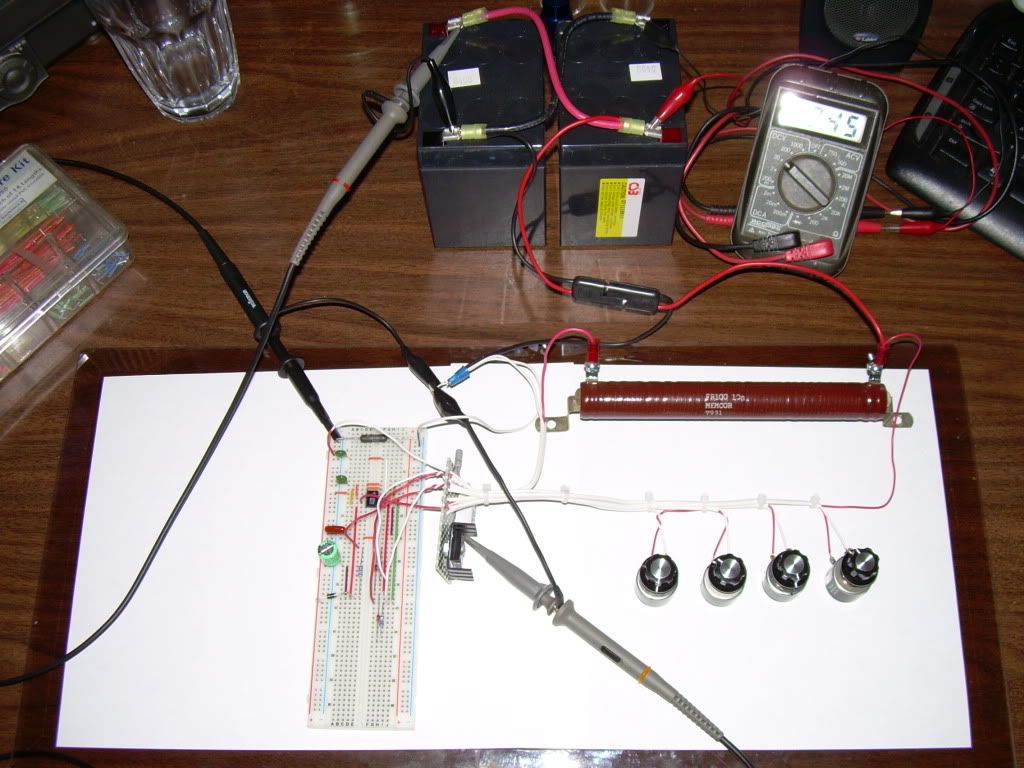Hi Aaron. Many thanks for the comments in support of the thesis.
Whatever the explanation of this effect, in terms of classical analysis - and albeit at comparatively small measurements - results do seem to support the possibility that currrent flow returns to the supply source with zero net loss to the mass or the material at the supply. Alternatively the voltage developed during the on phase of the cycle seems to generate a second identical cycle. In fact, my interest in this waveform is precisely because of those symmetries. The cooling effect seems to have been required by Quantum and Classical theorists - according to Harvey's references. The evidence of heat at the switching components conforms to classical. But the transfer of any energy here, at no quantifiable loss of energy to the supply? That, I believe, is breaking into new territory. Hopefully, it points to our elusive zero point energy - whether or not mainstream see this as the flow of my little zipons.
Whatever the explanation of this effect, in terms of classical analysis - and albeit at comparatively small measurements - results do seem to support the possibility that currrent flow returns to the supply source with zero net loss to the mass or the material at the supply. Alternatively the voltage developed during the on phase of the cycle seems to generate a second identical cycle. In fact, my interest in this waveform is precisely because of those symmetries. The cooling effect seems to have been required by Quantum and Classical theorists - according to Harvey's references. The evidence of heat at the switching components conforms to classical. But the transfer of any energy here, at no quantifiable loss of energy to the supply? That, I believe, is breaking into new territory. Hopefully, it points to our elusive zero point energy - whether or not mainstream see this as the flow of my little zipons.












Comment